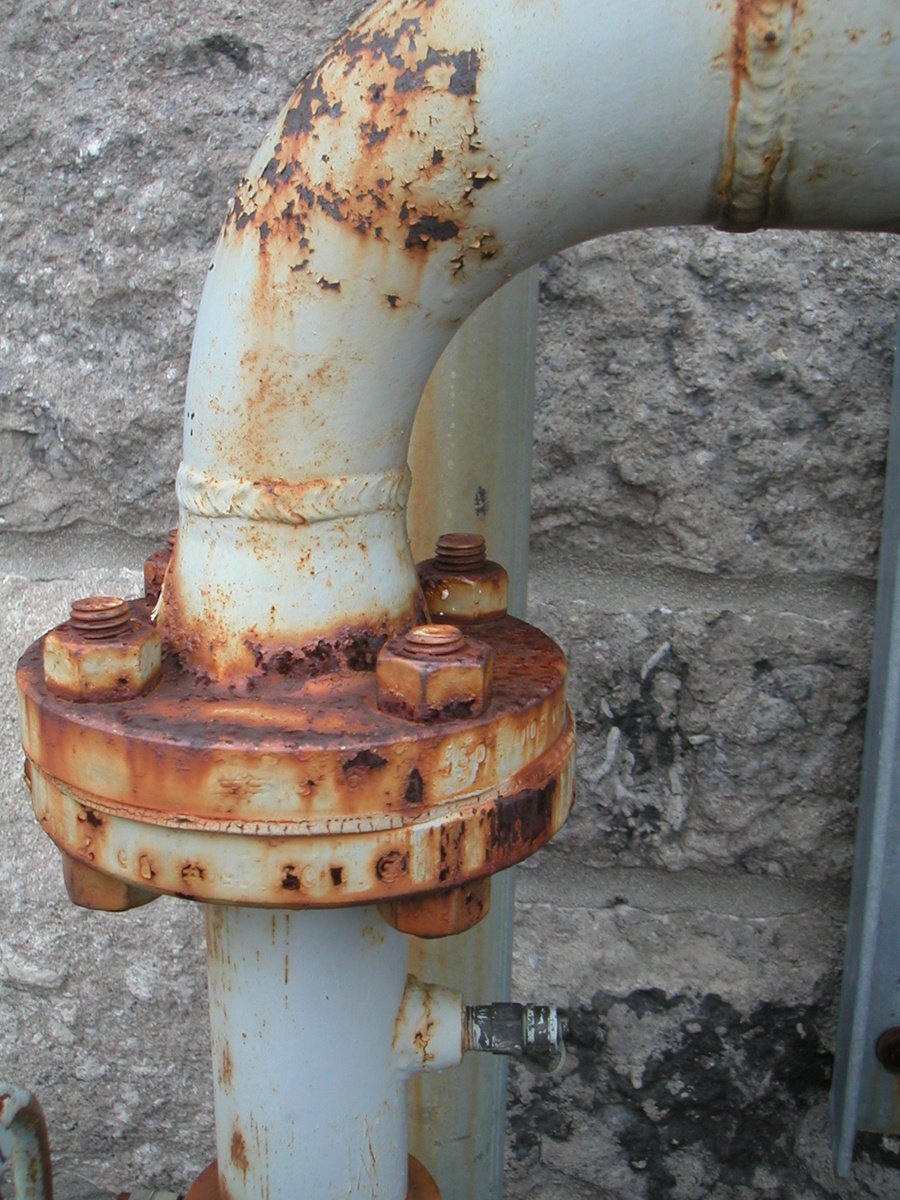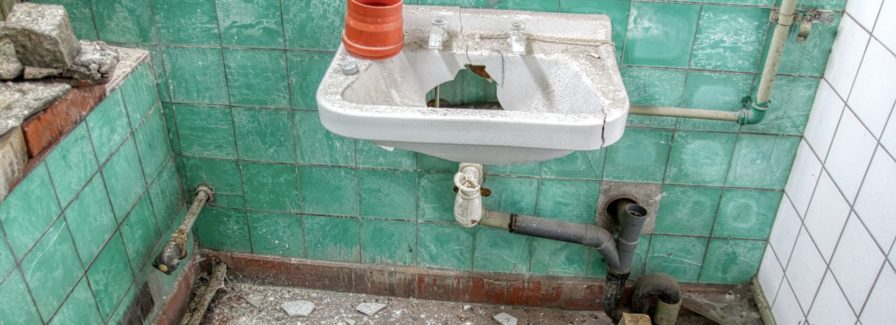What are your opinions on Common Plumbing Challenges In Old Buildings?

Older homes typically feature appeal, character, and background, but they can additionally bring a host of plumbing issues. Whether you're dealing with maturing pipes, low tide pressure, or leakages, knowing just how to attend to these common troubles is important to maintaining a risk-free and functional home. In this overview, we'll explore the regular plumbing challenges encountered by older homes and give useful remedies to keep your plumbing in top form.
Comprehending Usual Plumbing Problems
Aging Pipelines
Among the most typical concerns in older homes is aging pipelines. Depending on the age in which your home was constructed, the pipelines could be made from materials that have actually deteriorated in time, such as galvanized steel, cast iron, or perhaps lead. These materials can wear away, become breakable, or create leaks, causing water damages and potential health hazards.
Water Quality Testing
Older pipelines can influence the quality of your water. Conduct a water high quality examination to look for contaminants such as lead, rust, or various other contaminations that might be presented by aging pipes.
Solutions for Common Pipes Concerns
Changing Aging Pipelines
If your home has old, deteriorating pipes, consider replacing them with modern-day products like copper or PEX. This can be a substantial financial investment, but it will prevent future issues and improve the safety and security and integrity of your pipes system.
Fixing Low Tide Stress
To fix low water stress, start by cleansing or changing old components and getting rid of mineral build-up in the pipes. If the issue persists, it may be needed to replace areas of rusty pipelines.
Fixing and Replacing Leaking Pipes
For small leaks, you can use pipeline clamps or epoxy putty as a temporary repair. Nevertheless, it's finest to replace leaking pipes entirely to avoid further damage.
Upgrading Fixtures
Updating old components to modern-day, water-efficient designs can enhance your home's plumbing efficiency and minimize water usage. Search for fixtures with the WaterSense label for the very best performance.
Dealing with Pipeline Deterioration
If your pipelines are rusted, replacing them with corrosion-resistant products like copper, PVC, or PEX is the most effective option. Normal assessments and water high quality maintenance can aid stop even more corrosion.
Low Water Pressure
If you're experiencing low water pressure, it could be due to natural resources, rust inside the pipes, or old fixtures that are no more working efficiently. This can be a significant hassle, especially in locations like showers and sinks.
Dripping Pipes
Leakages are another constant problem in older homes, frequently brought on by corroded or worn-out pipelines. Even tiny leaks can bring about considerable water damages, mold growth, and raised water expenses otherwise dealt with promptly.
Out-of-date Fixtures
Obsolete plumbing components such as faucets, bathrooms, and showerheads not only look old however might likewise be less effective, prone to leaks, or inappropriate with modern pipes standards.
Pipeline Deterioration
Deterioration is a common issue in older pipes, particularly those made from galvanized steel or cast iron. Rusty pipes can limit water flow, create staining, and at some point cause leakages or pipe bursts.
Analyzing the Condition of Your Plumbing
Evaluating Visible Pipelines
Start by examining any kind of visible pipes in your house, such as those in cellars, crawl spaces, or under sinks. Look for indicators of corrosion, leaks, or corrosion, which can show underlying issues.
Checking for Leaks
Look for leaks by examining locations around taps, commodes, and under sinks. You can also monitor your water meter prior to and after a duration of no water use to discover surprise leakages.
When to Call a Professional
While some plumbing problems can be managed with do it yourself services, there are times when it's finest to employ a specialist. If you're dealing with major leaks, substantial deterioration, or are unsure regarding the condition of your pipes, an accredited plumbing professional can provide expert assessment and repair service.
Preventive Upkeep Tips
Normal Examinations
Regularly inspect your plumbing system for signs of wear and tear. Capturing issues early can prevent costly repairs down the line.
Water Pressure Regulation
Guarantee your water pressure is within the recommended range to stay clear of emphasizing your pipelines and components. A plumbing professional can mount a stress regulatory authority if required.
Water High Quality Maintenance
Install water filters or softeners if your water top quality is poor. This can shield your pipelines and components from damages triggered by hard water or contaminants.
Aggressive Pipeline Substitute
If your home has older pipelines, think about positive replacement prior to significant problems occur. This can save you from emergency repair work and water damages.
Final thought
Taking care of plumbing issues in older homes needs a combination of caution, preventative upkeep, and prompt upgrades. By recognizing the typical difficulties and knowing when to look for expert help, you can guarantee your pipes system remains useful and dependable for several years to find.
Common Plumbing Issues in Older Homes and How to Fix Them
Owning an older home in Australia comes with its unique charm and a set of challenges, especially when it comes to plumbing. The Sunshine Coast has many older properties that can harbour plumbing problems that aren t just inconvenient but potentially costly. Here s a look at some common plumbing issues in older homes and expert advice on how to handle them.
Outdated Piping Materials
Many older homes were built with galvanised steel, cast iron, or even lead pipes, materials that are far from ideal by today s standards. Galvanised pipes are prone to corrosion and clogging, while lead pipes pose serious health risks.
How to Fix:
Replacing old pipes is a job for a professional. Upgrading to copper or PVC piping not only enhances water quality and flow but also increases the property s safety and value. If you suspect your home has outdated materials, a licensed plumber can conduct a thorough inspection and recommend the best course of action.
Corrosion and Pipe Degradation
Over time, exposure to water and minerals can cause pipes to corrode, leading to leaks, bursts, and water contamination. Corrosion is especially common in homes over 50 years old.
How to Fix:
Regular inspections can catch early signs of corrosion. If corrosion is found, the affected section of piping often needs to be replaced. For homes with extensive corrosion, a complete plumbing overhaul might be necessary. It s crucial to consult with a plumbing expert to understand the extent of the issue.
Tree Root Intrusion
Older neighbourhoods usually have mature trees whose roots can intrude into pipe lines, causing blockages or damage. This is particularly problematic for sewer lines, where roots seek out water sources.
How to Fix:
A plumber can use a specialised camera to inspect sewer lines for root intrusion. If roots are a problem, methods like root cutting or hydro-jetting can clear the obstruction. In severe cases, part of the pipe may need replacing. Consider root barriers around the piping to prevent future issues.
Inadequate Water Pressure
Low water pressure in older homes can be due to various factors, including corroded water lines, sediment build-up in pipes, or outdated fixtures.
How to Fix:
First, check if the low pressure is isolated to one area or throughout the house. Replacing old fixtures can sometimes resolve the issue. However, if the problem is more widespread, it might be due to sediment or corrosion. Flushing the system or replacing the affected pipes usually restores normal pressure. Again, a professional assessment is advisable.
Outdated Fixtures
Older homes often feature fixtures that are not only visually dated but functionally inefficient. This includes everything from toilets and taps to showerheads and washing machine hoses.
How to Fix:
Updating these fixtures can improve both water efficiency and the aesthetic appeal of your home. Modern fixtures are designed to conserve water, which can significantly reduce your water bill and lessen your environmental impact.
Conclusion
Maintaining the plumbing in an older home requires a proactive approach. Regular checks and updates are key to preserving these beautiful properties. If you re facing plumbing issues in your older home, it s best to call on experienced professionals like Green & Gold Plumbing & Gas. With the right expertise, even the most daunting plumbing problems can be resolved, ensuring that your home s character is maintained while its functionality is enhanced.
https://gandgplumbing.com.au/common-plumbing-issues-in-older-homes-and-how-to-fix-them/

Do you like more info about Plumbing Issues in Older Properties and How to Fix Them? Make a review down the page. We would be glad to see your ideas about this article. Hoping that you visit us again in the near future. If you appreciated our blog post kindly remember to share it. We take joy in reading our article about Main Plumbing Issues Found in Old Houses.
Call Today